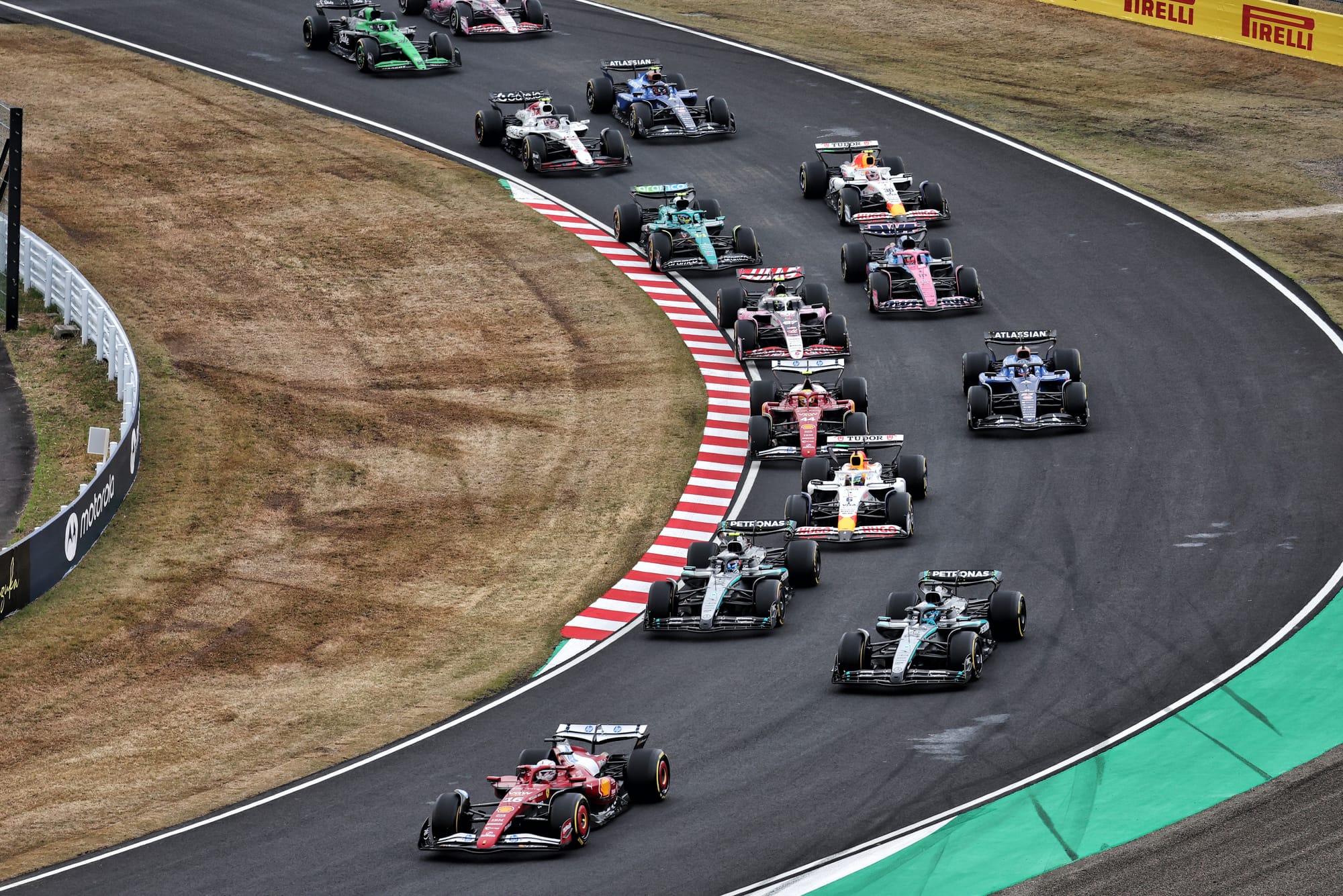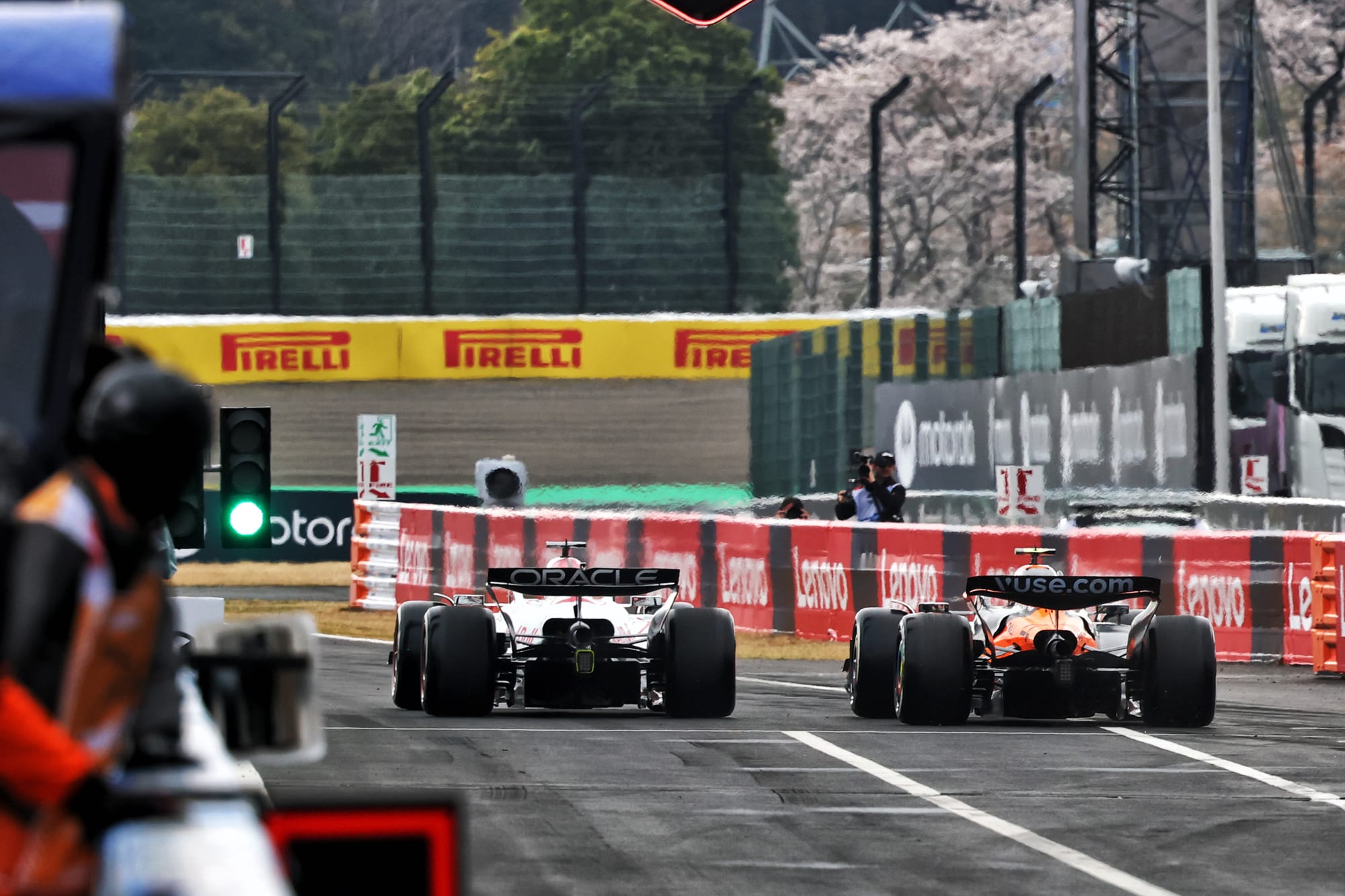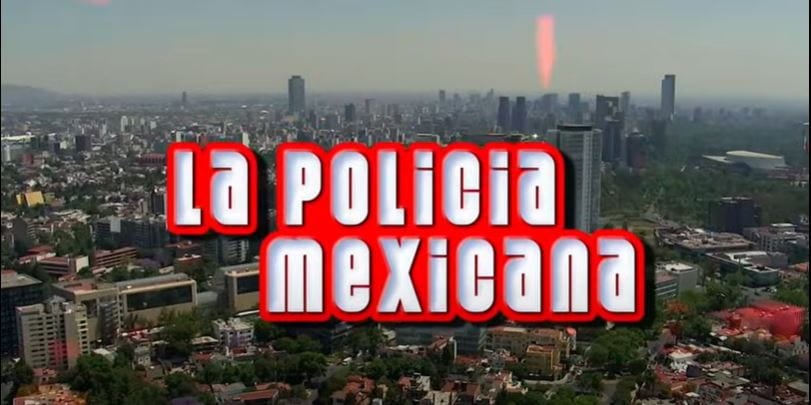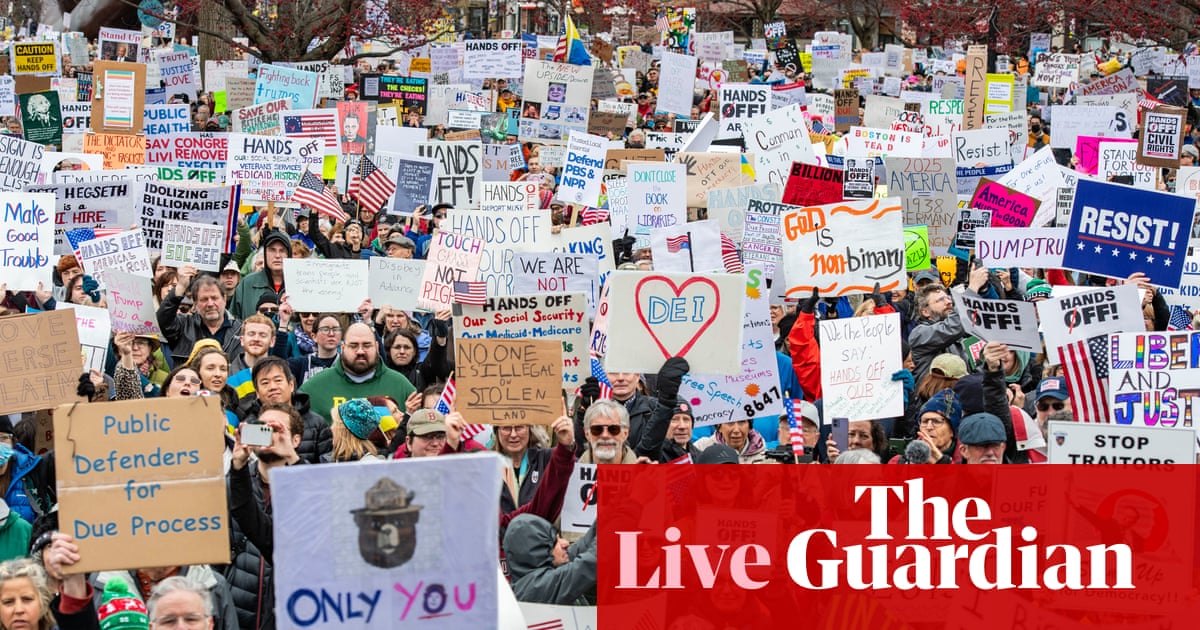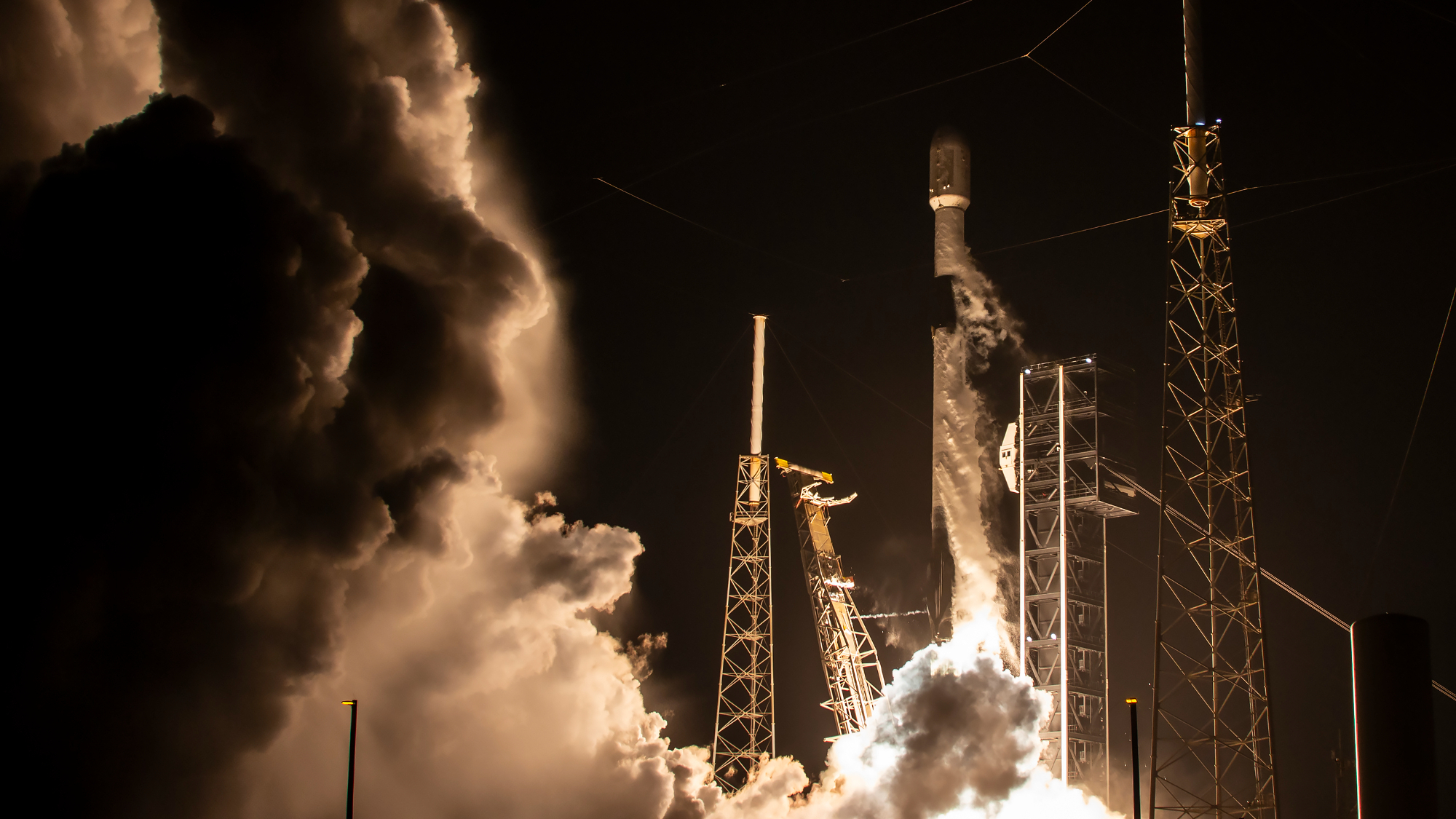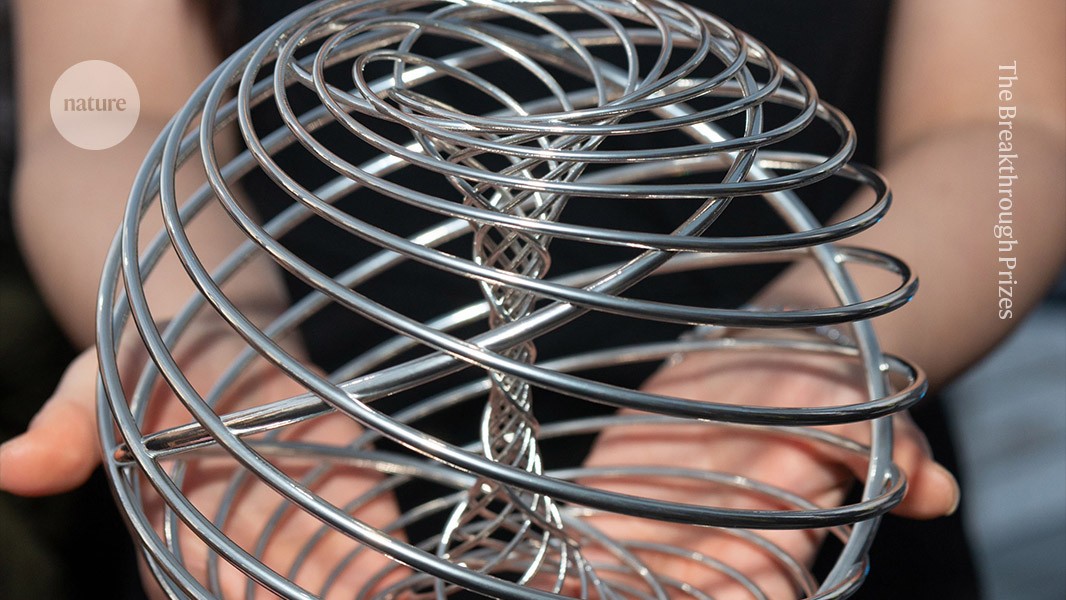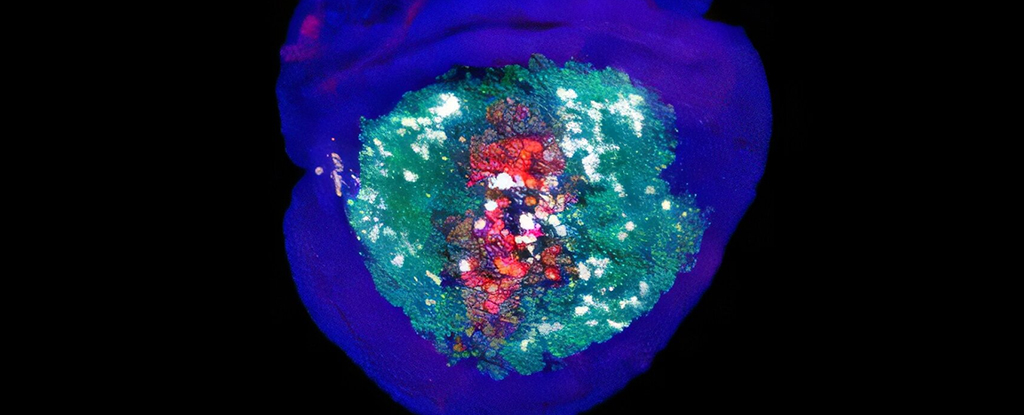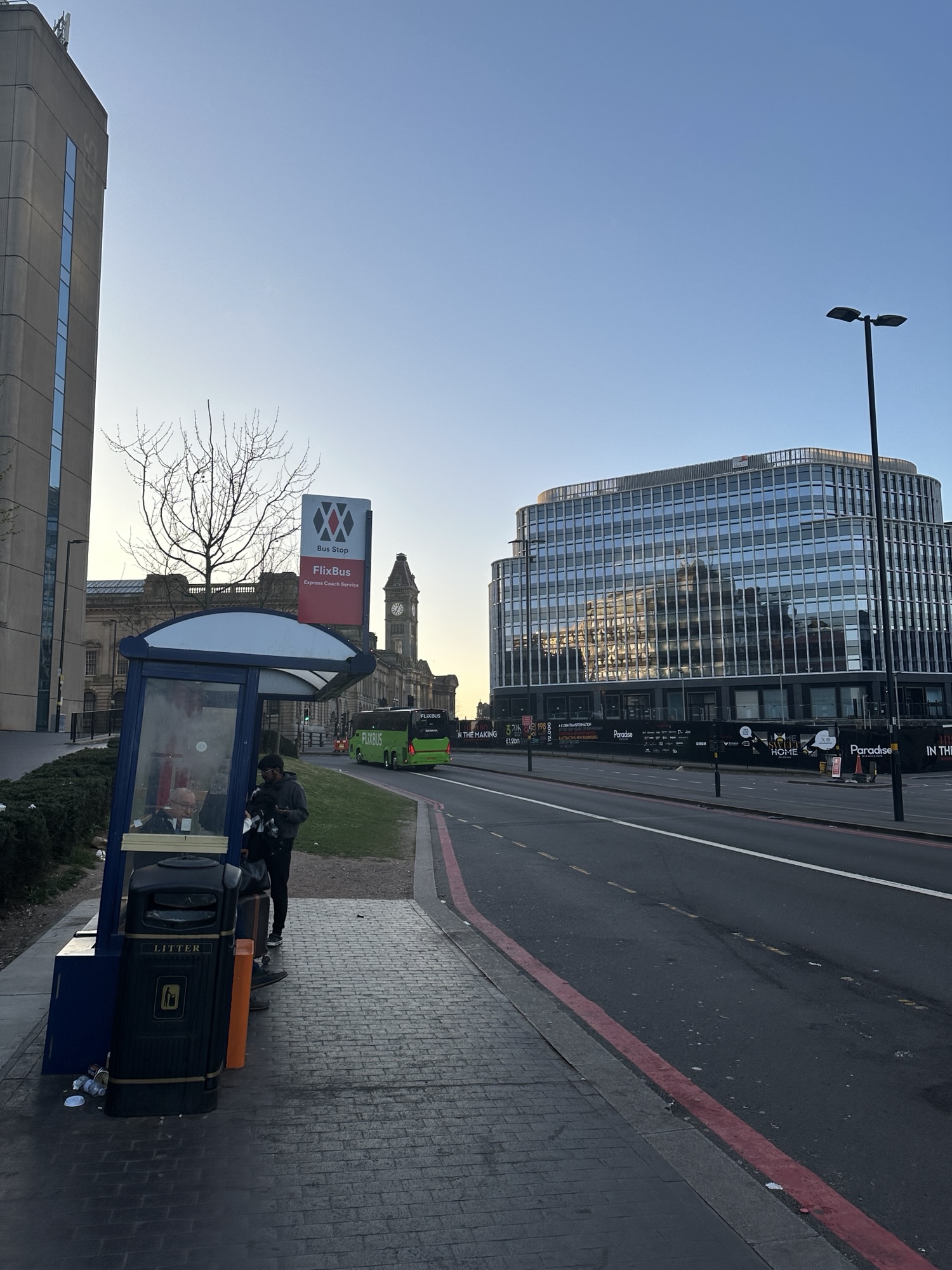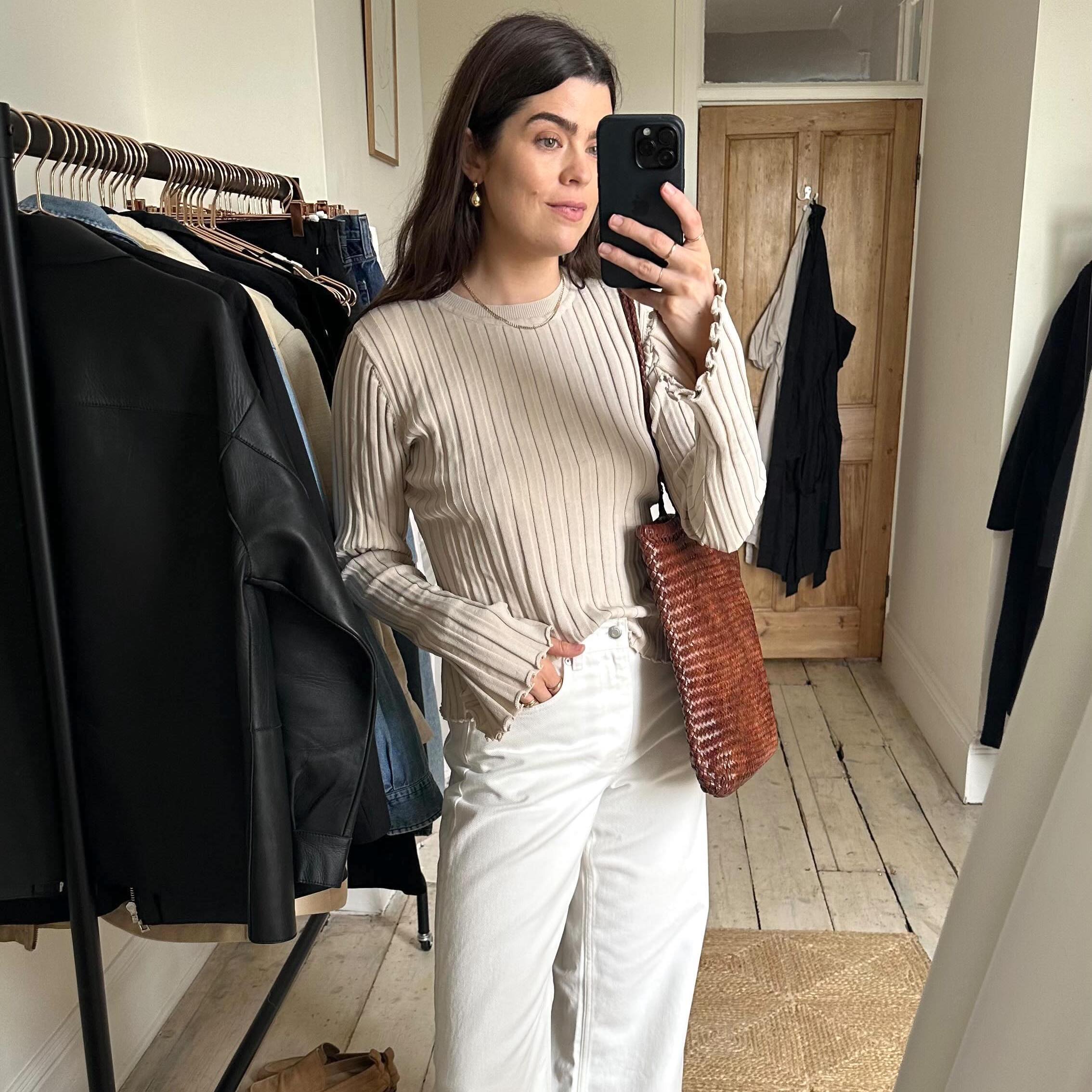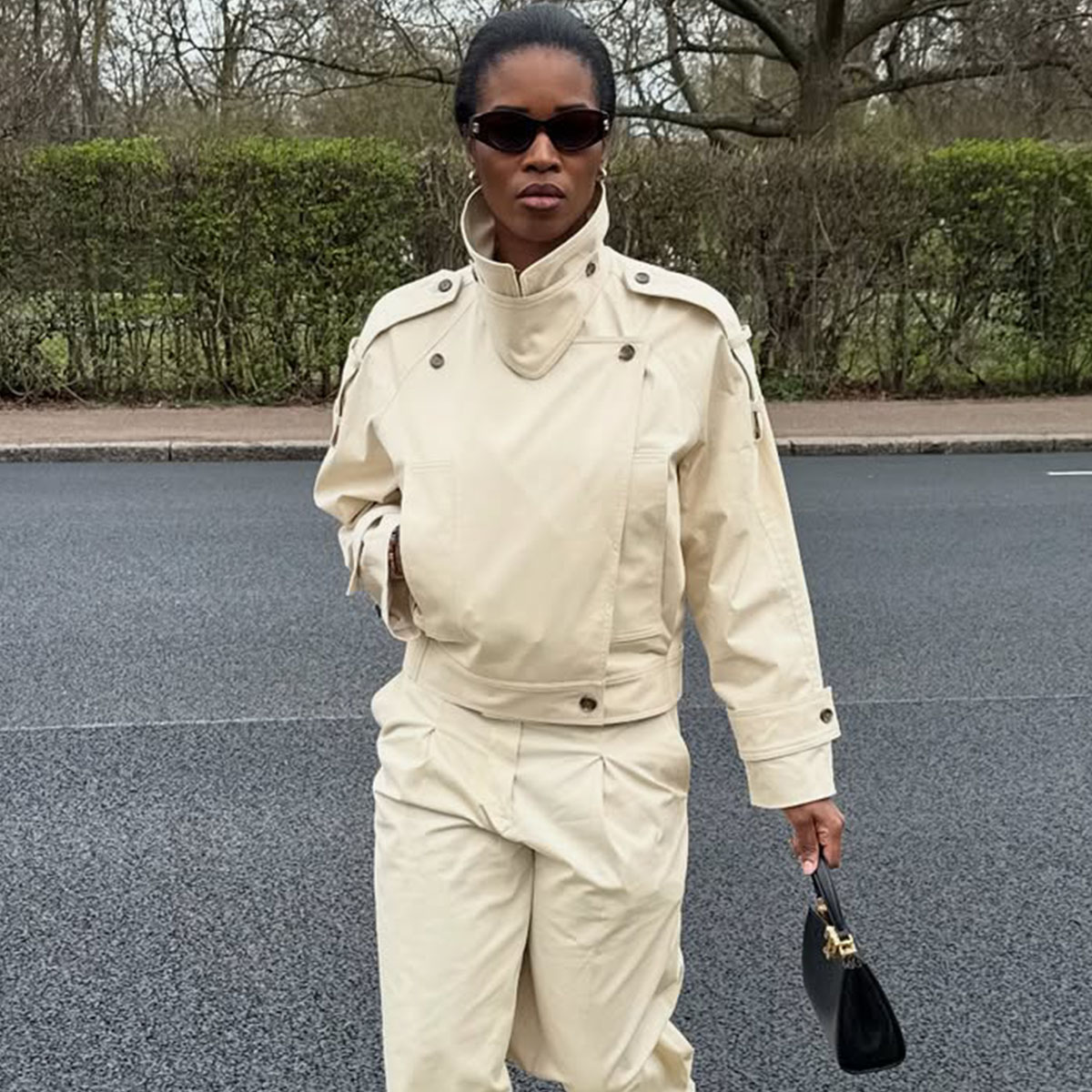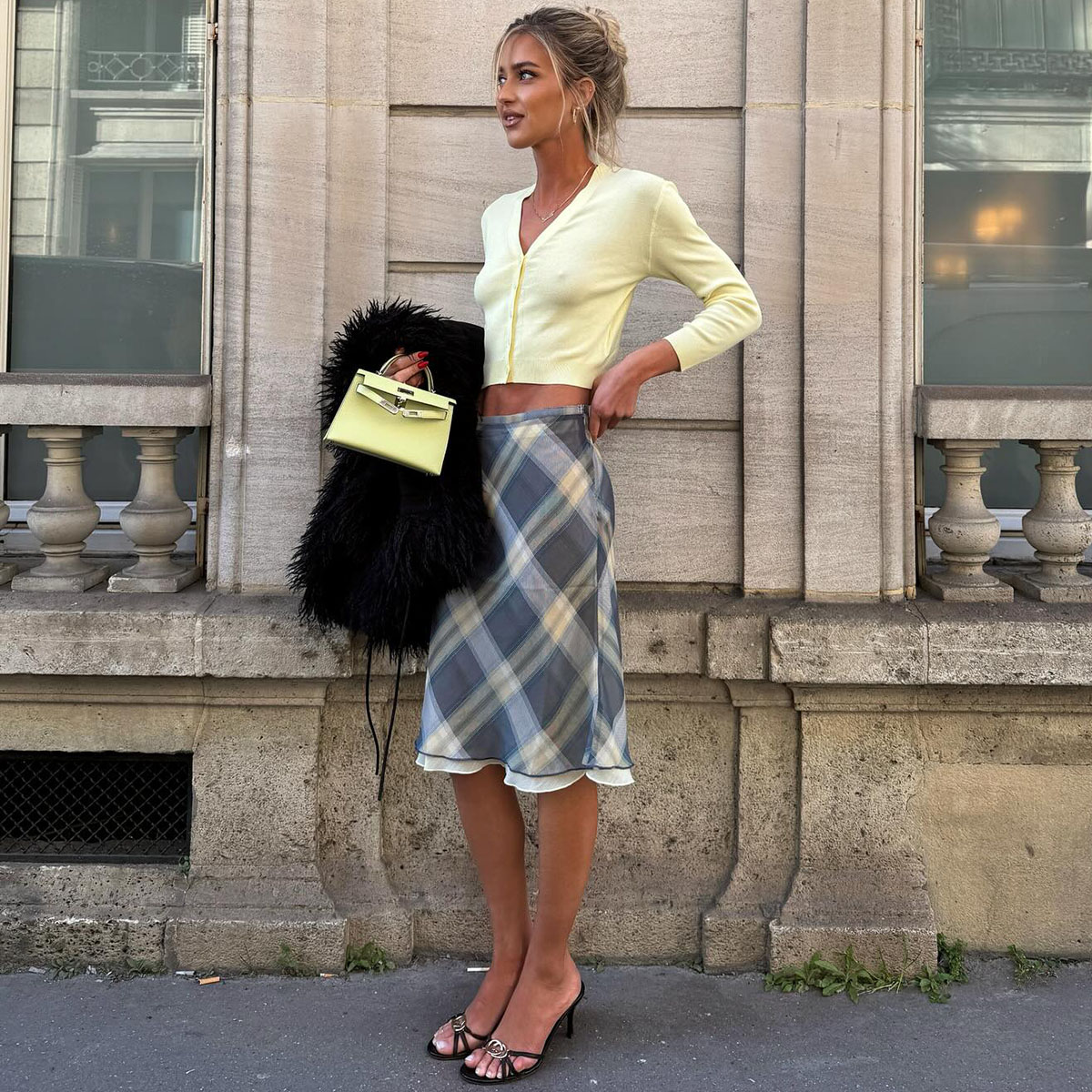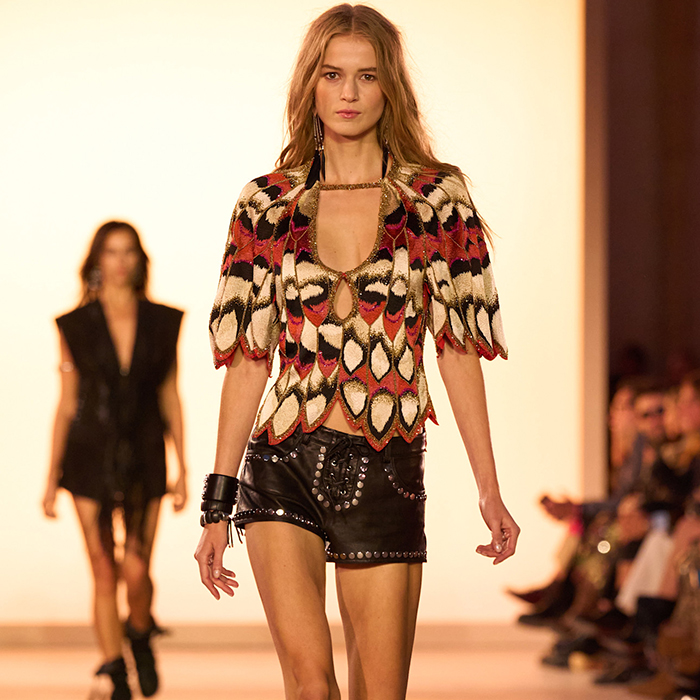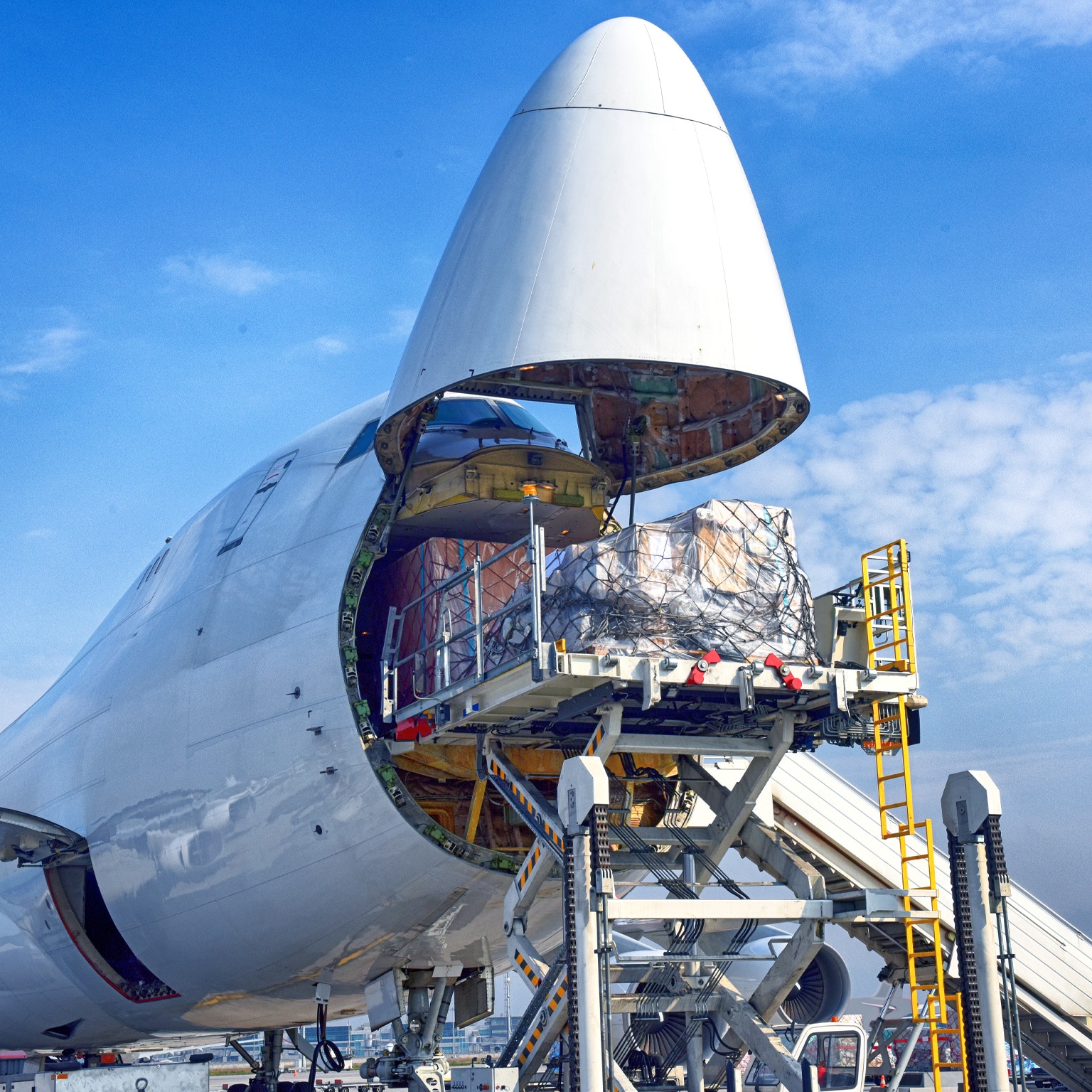My Snail Mucin Is Caught in a Trade War
Tariffs could upend America’s love affair with Korean skin care.

When Korean skin care arrived in the United States several years ago, it became the stuff of legend among beauty enthusiasts. They raved about the sunscreen from the Korean brand Beauty of Joseon, which used advanced UV filters and left no white film behind; currently, it costs $18—its closest American counterpart would be about $40 and gloopier. Korean snail mucin promised to hydrate skin and improve fine lines, and prompted a buying frenzy, during which I did drop my own American dollars on a facial “essence” made from the secretions of snails. It has made my skin softer and only grossed me out twice.
Now my snail mucin is caught in a trade war. On Wednesday, President Donald Trump’s announcement of nearly global tariffs included a 25 percent hike on goods imported to the U.S. from South Korea; his administration has also repealed a customs loophole used by certain K-beauty exporters based in Hong Kong. Some skin-care enthusiasts had been preparing for possible trade disruptions—“spent my paycheck on korean skincare because those tariffs are about to go crazy,” one person posted in December. But now, they’re springing into action. “If you love your glow, get it now,” one skin-care influencer said on TikTok. “This is your last chance before it becomes unaffordable.”
Americans’ love affair with K-beauty was fostered by many years of free trade with South Korea, when our mucin came free of additional fees. The new tariffs will be “a good test to see how powerful the K brand is” in America, Andrew Yeo, a senior fellow at the Brookings Institution who studies U.S.–South Korea relations, told me—how much “soft power” Korea has accumulated here. If people have been buying K-beauty products because they love K-beauty (or K-pop or K-dramas), a price hike might not matter. But if they decide Korean products haven’t done that much for their skin, maybe they’ll switch to Neutrogena.
Beauty enthusiasts have, at times, gone to great lengths to import Korean serums, face masks, moisturizers, sunscreens, and the like from exporters usually based in Korea or Hong Kong. When Joshua Dupaya, a beauty influencer, first got into Korean products in 2016, for instance, he sourced them mostly from “trusted eBay sellers,” he told me. Cosmetics have become a fairly significant part of Korea’s exports—$10 billion globally last year, nearly $2 billion of which went to the United States. And certain K-beauty brands are more beloved here than in their home country. A co-founder of Beauty of Joseon said on a podcast in December, “We’re not really popular in Korea, I have to admit.” (Their Korean brand name means “beautiful woman in Joseon,” referring to the former, long-reigning Korean Joseon dynasty. She said Koreans think the name is “so tacky.”)
Part of K-beauty’s appeal is its price point—$15 for a high-quality moisturizing cream compares favorably with a $20 bottle of CeraVe, and extremely favorably with the $390 La Mer “crème” touted by the upper echelon of skin-care influencers and celebrities. Korean beauty products also contain ingredients that are uncommon in U.S. skin care, but that some American consumers swear by—Centella asiatica (Asiatic pennywort), rice water, ginseng extract, and of course, snail mucin. Their sunscreen is also just objectively better. The FDA is notoriously slow to approve new UV filters, which has meant that sunscreen in America is generally worse than it is in Europe and Asia. Formulations here feel chalkier and oilier, and they can leave white residue behind, because American chemists have a smaller palette of UV technology to draw from. For $12, someone could buy American sunscreen in uninspiring packaging that makes them look like a ghost. For the same $12, they could buy a K-beauty sunscreen in expensive-looking packaging that will not make them look like a ghost. When my friend returned from South Korea with an entire carry-on full of Korean skin care, we applied gobs of sunscreen, feeling like royalty with our advanced UV protection. For skin-care aficionados, K-beauty was an ideal trifecta: a product that feels luxurious, seems effective, and is relatively affordable.
[Read: You’re not allowed to have the best sunscreens in the world]
The tariffs will test whether a higher price outweighs those other benefits. Yesterday, the founder of the Korean company KraveBeauty announced on TikTok that the tariff will hit their next shipment to the U.S. and will have to be passed on to customers. “We’re still calculating what the implications of this new trade policy would be to our business, but this will change pretty much everything,” she said—for her company and others. She said the tariffs could upend her brand’s long-standing policy of keeping all their products under $28; those responding in the comments already spoke of K-beauty in the past tense; many included crying-face emoji.
Trump’s tariffs, of course, apply only to imported K-beauty. In the past several years, a handful of major K-beauty manufacturers have opened factories in the United States and will be able to avoid the tariffs, Yeo told me. But he expects that other Korea-based companies will wait about a year to see if these tariffs last and how U.S. consumers respond to the price hike before they consider relocating to America. “I don’t know if Koreans want to invest that much,” he said. “It depends how bullish you think the U.S. market is.” American demand for K-beauty has grown a lot, but brands will have to decide if they think it’ll keep growing. The U.S. isn’t their only market, and companies may choose to focus on countries such as China instead.
But if the tariff succeeds and more K-beauty is soon made in America, the industry could lose its major selling point: it is not made in America. These non-U.S. formulations are the “whole allure of using Korean beauty,” Dupaya told me. Beauty of Joseon recently began making versions of its beloved sunscreen specifically for the U.S. market, which meant it could use only UV technology approved by the FDA. Fairly or not, American users seem to think they have the same problems as U.S. sunblock. “Garbage,” a skin-care influencer said about one of the American formulations. “Absolute garbage.”


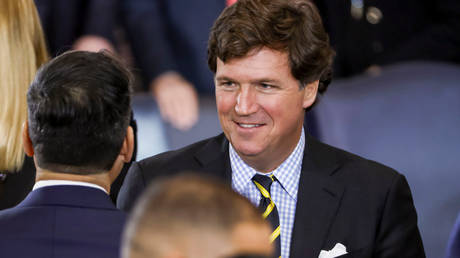










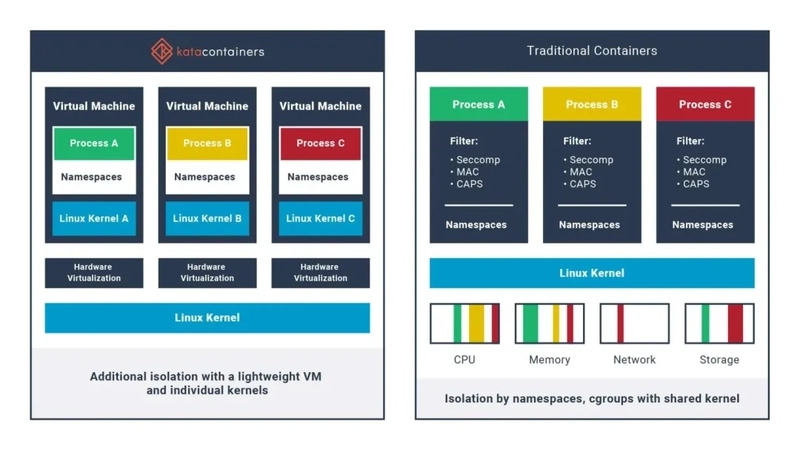




 (1).webp?#)





